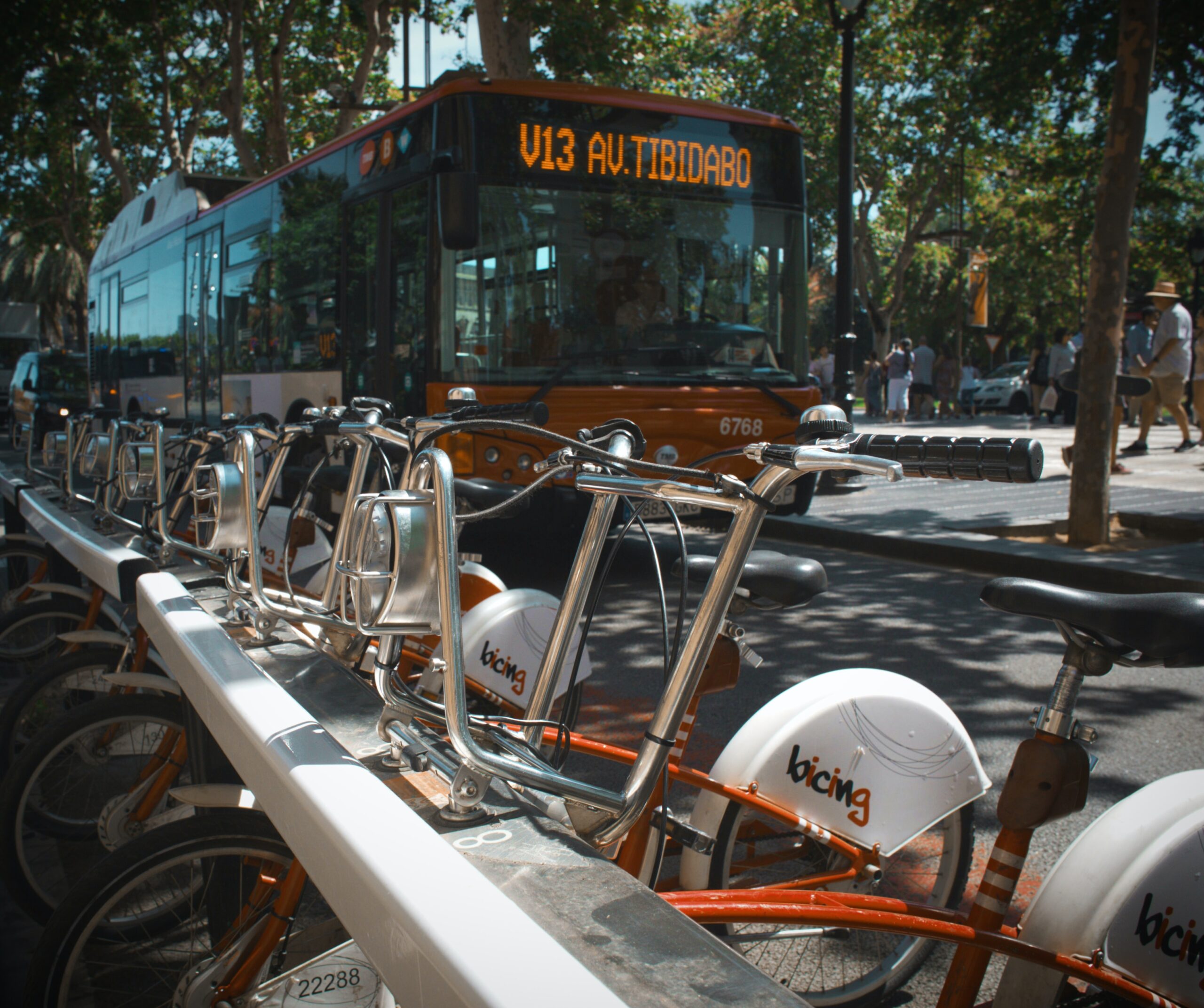Despite being the country that built the illustrious interstate highway system owning a car in America isn’t everything it’s hyped up to be. In-between fuel and maintenance costs, owning a car can damage your bank account over time, and not only that, but it is one of the main contributors to harmful emissions that harm our planet.
According to Statista’s Global Consumer Study findings, around 76% of American commuters used their vehicle to travel to and from work, with a percentage admitting to driving an hour each way. Due to these figures, a few American commuters have endeavored to leave their car behind in 2022 and find alternate ways to make the daily commute to work.
From walking and telecommuting to cycling and public transport, if you’re part of the select few who would like to use less of their car in the New Year, there are many ways to achieve your resolution. Start feeling the benefit of decreased monthly outgoings and the positive feeling of knowing you’re doing your bit for the environment; keep reading to discover alternate ways to commute below:
Cycling
You could consider commuting by bike if you live near the office but not near enough to walk daily. Biking is an excellent alternative to using your car for your work commute, but it is also a fun hobby, keeps you physically fit, and helps preserve the environment – what’s not to love?
Not to mention, states have invested large sums of money into making the switch from four wheels to two easier. With the addition of cycling lanes, traffic patterns, bike rentals and much more, New York tops the chart with their Citi Bike program, which is accessible via an app and bills the distance you’ve trekked from your credit/debit card.
However, if you’re going to consider cycling to work, it is essential that you realize the dangers and are protected from them by relevant insurance for bicycle commuters. Before getting into the saddle, consider contacting providers like Velosurance and asking about their insurance for bicycle commuters. From flexible policies and helpful blog posts about cycling-related topics, head to their website to see how their services could help you leave the car in 2022.
Telecommuting
Sometimes the best work commute option is to have no commute at all. After the nightmarish events of the past several years, one good thing to have come out of it is the positive outlook on remote and hybrid working. Even if your company hasn’t offered hybrid working options before, after the events of the past several years, they might be a little more open to the idea.
Not only is it more environmentally friendly, but telecommuting also offers a range of benefits for both businesses and their employees. From operational cost savings and payroll cost savings for employers to a better work/life balance and increased job satisfaction for employees, telecommuting has many benefits that go beyond helping the environment – but that’s a bonus too!
Walking
Providing that you live within walking distance of your workplace, another alternative commuting method you could consider is walking. There are many advantages to walking to work; it helps you achieve 10,000 steps a day, it makes you energized to start your day, it’s free of charge, and many more!
Yet, if you lack the motivation to walk your work commute, consider motivating yourself to complete it by purchasing wearable technology. Depending on which model you buy, some of the best wearables can monitor your heart rate, calculate your step count for the day, track your sleep schedule, have built-in GPS and much more.
Paired with your new fitness tracker and a pair of old running shoes, walk into work each day feeling more energized for that 3 pm meeting, and excited to compare the statistics from your fitness tracker around the water cooler with your colleagues.
Public Transport
Living and working in a big city like New York or San Francisco has many benefits, one of them being the public transportation system. Taking New York, for example, commuters are presented with various public transportation options if they don’t have a car, like a bus or a rail connection, the subway, and even public bike rentals.
Even if you’re a car owner, if you live in a big state, you should still be familiar with the public transport system, as you’ll never know when you might need it! However, the only negative of public transportation is its reliability. No matter how good of a public transportation system your state might have, accidents and hold-ups can delay your chosen method of public transport.
So, before you head out each morning, leave a little earlier, so you have time to make an alternative route if your original one gets delayed or cancelled. But, despite public transport’s downfalls, it is one of the most cost-effective methods of commuting to work, and you can be satisfied that you’re working on your carbon footprint!
